Antiquities of Orissa (In 2 Volumes)
In 1868, the Government of India, at the suggestion of the Royal Society of Arts, London, assigned a large sum of money for the purpose of obtaining casts of some of the more important sculptures of ancient India. To carry out this object, a part of the sum was made over to the Government of Bengal, leaving it to make its own selection of the subjects, which it might think were likely to be the most interesting, and best calculated to fulfil the object of the Government. In connexion with this grant, I suggested, in reply to an enquiry of Sir William Grey, then Lieutenant-Governor of Bengal, that the party of modelers and moulders which the Government was then about to send to Orissa, should proceed to Bhuvanesvara, where it would find the oldest and most interesting specimens of Hindu architectural ornament, and added that it would be well to depute along with it a person familiar with Indian antiquarian remains, so that some historical and descriptive accounts might be secured of the several monuments from which casts would be taken. My suggestions were approved by the Bengal Government, and I was directed to accompany, as archaeologist, the party of moulders, draftsmen and photographers which was sent down to Bhuvanesvara in the winter of 1868-69. The following pages are the result of my labours in connexion with this mission. In prosecuting my researches I had a two-fold object in view; in the first place to carry out the directions of the late Lord Canning, as laid down in his memorable resolution on the antiquities of India, that is to say, to secure "an accurate description, - illustrated by plans, measurements, drawings, or photographs, and by copies of inscriptions - of such remains as most deserve notice, with the history of them so far as it may be traceable, and a record of the traditions that are retained regarding them;" and in the second place to notice prominently such points in them as were calculated to throw any special light on the social history of the ages to which they referred. For this purpose, Sir Gardner Wilkinson's learned work on the "Ancient Egyptians" has served me for a guide.
Get it now and save 10%
BECOME A MEMBER

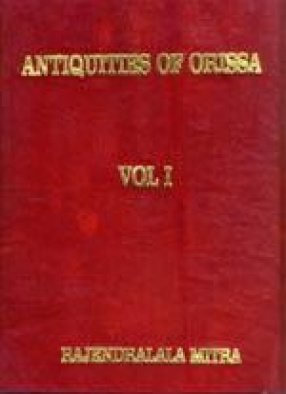
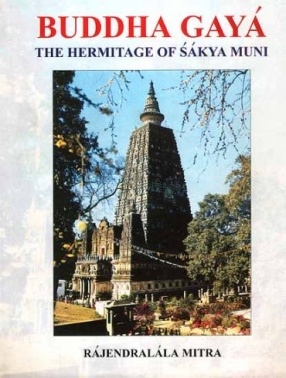
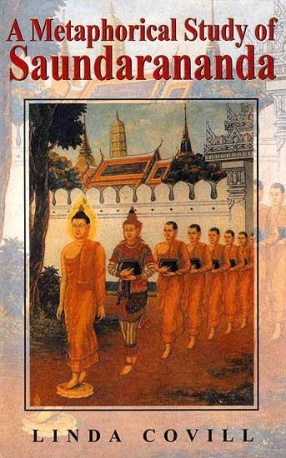
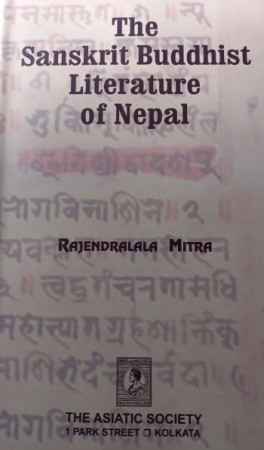
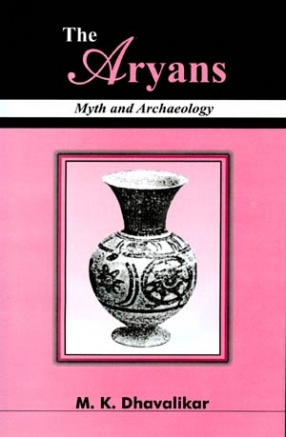
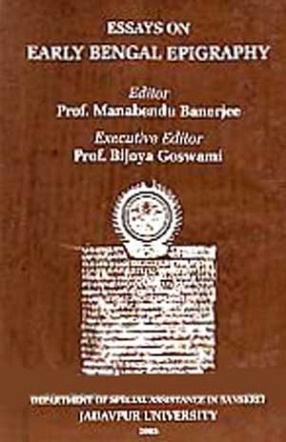
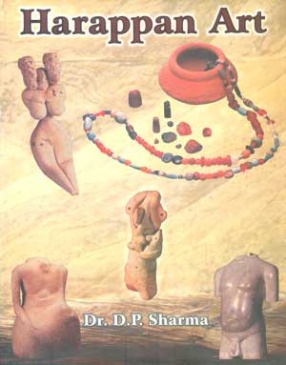
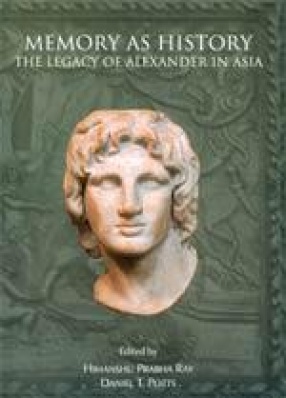

Bibliographic information